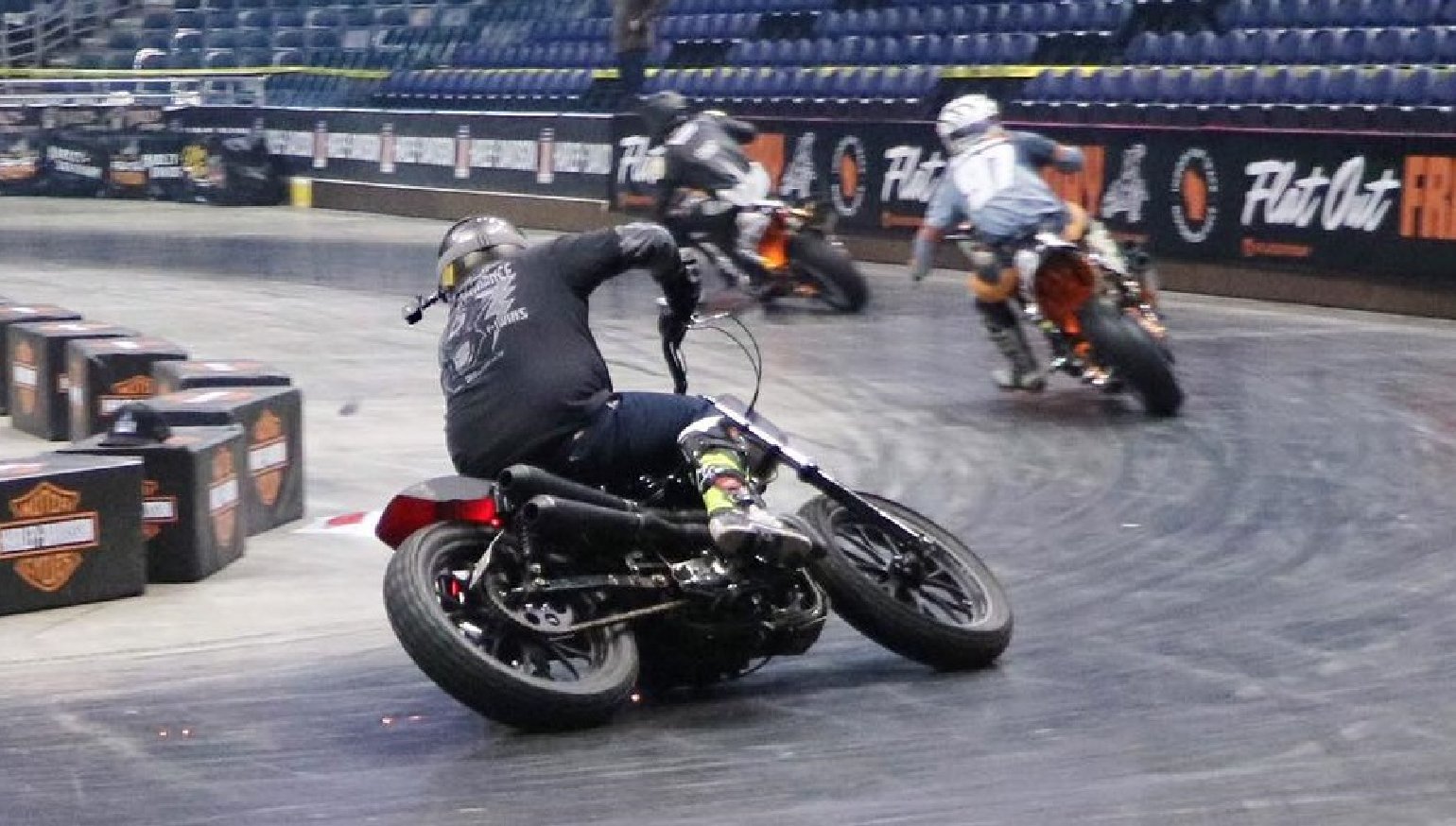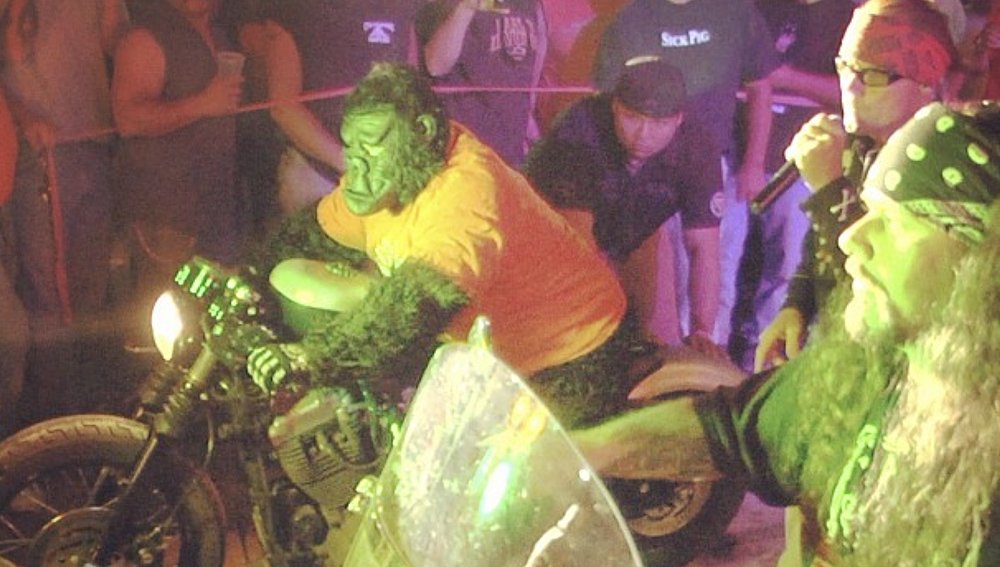Racing motorcycles is risky. Hooligan racing adds a layer of difficulty. Throw in a smooth concrete surface and some Dr. Pepper syrup and you have the potential for unforeseen injuries to your nether regions that never crossed your mind when you strapped on your helmet.
A few years back, hooligan racing was at its peak popularity and I was a mid-pack goon who was having a great time hitting races all across the country. The Flat Out Friday folks had introduced the hooligans to indoor concrete racing early on in the hooligan craze and it became instantly popular with both racers and fans alike. If you've never experienced this phenomenon of indoor concrete racing, then let me set the scene for you.
An indoor venue like a basketball arena has a smooth concrete surface that is covered in a thin layer of Dr. Pepper or Coke syrup that, when it dries, provides an insanely sticky surface… until it doesn't. (You know where this is eventually going). A tiny bullring of a track is set up and motorcycles are turned loose.
The difficulty level is increased because these are "hooligan" bikes. The hooligan bikes were usually Harley-Davidson Sportsters modified to run flat-track-spec wheels and tires. But in comparison to a standard 450-style flat-track bike, the hooligan bikes are ill-handling, heavy, very loud machines that are fan and racer favorites, and they are a handful to wrestle around a short concrete track. Take 20 or so hooligans, some smooth concrete and Dr. Pepper syrup, mix in a few thousand fans and some ice-cold beers, and you have yourself a recipe for quite a party.
This particular night wasn't my first rodeo on an indoor Dr. Pepper syrup track but it was probably the best I had ever performed. I was in the mix and was running well all night. What I mean by running well is that I was getting faster and the faster you get on these tight tracks the more you have to lean the bike over. As laps are turned, what's known as a blue groove develops. Meaning rubber from the soft-compound tires actually builds up on the sticky syrup surface and provides loads of traction. But if you venture outside that groove, traction is significantly reduced.
Obviously, at this point, you're leaning a Sportster much further than Harley-Davidson ever intended. I had moved my left footpeg assembly back and upward for more ground clearance, but as I picked up speed the primary (left-side engine case cover) was beginning to touch down ever so slightly. That would eventually be my undoing.
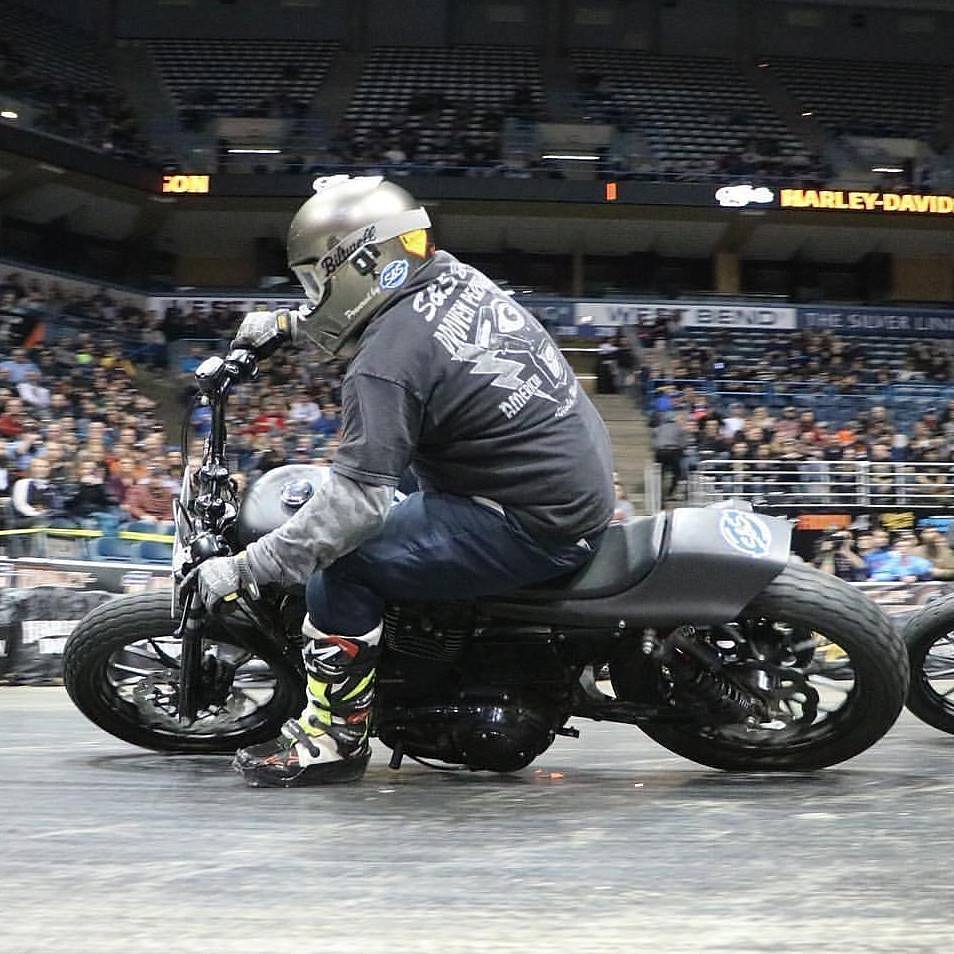
I was having a strong race, running towards the front, so I decided to push a bit more with about five laps to go. And as I came through turn four, I really had the bike cranked over and the primary cover hit the ground again, only this time much harder. It transferred the weight of the bike from the rear tire, which was gripping that sticky track, to the side of the metal engine case. Which resulted in me immediately sliding out of the groove and the Sportster exiting from between my legs and accelerating across the track without me. A classic lowside.
I was left without a motorcycle, sliding across the track on my left side. Well, I was kind of sliding, because the ultra-sticky surface grabbed any part of me touching the track while inertia pulled the other parts of me across the track. My jersey pulled up and as I slid across the floor I could hear the high-pitched squeal of my bare skin rubbing off on the track surface. But that pain was interrupted by a whole new sensation that I had yet to experience.
When I went down, my left butt cheek hit the ground first and stuck very firmly while my other butt cheek, along with the rest of my body, proceeded to keep traveling. And that resulted in my buttocks being slammed open in a very violent manner, a bit like saloon doors being kicked open in an old Western.
Once I came to a stop, I could barely stand up and push my bike to the infield and out of the way of the ongoing race. I managed to make it to the infield and I handed off the bike to a friend who had also crashed out of the race. While the race wound down, I opted to stay on my hands and knees dealing with a pain that I hesitate to describe but also dealing with the growing fear that I would have to have my nether regions stitched back together.
As the race ended, I felt a tad better and pushed my bike to the pits with a noticeable limp. As I pushed the bike past the Speed Merchant pits, a fellow hooligan racer must have noticed the wide-eyed look on my face and asked me a very pointed question. He looked me dead in the eyes and said, "It's your butthole, isn't it?"
While I was taken aback by the question, I was also relieved that someone must have understood what had happened to me. He quickly explained that the same thing had happened to him previously and that what I was experiencing probably seemed worse than it actually was. He assured me there would be no stitches necessary.
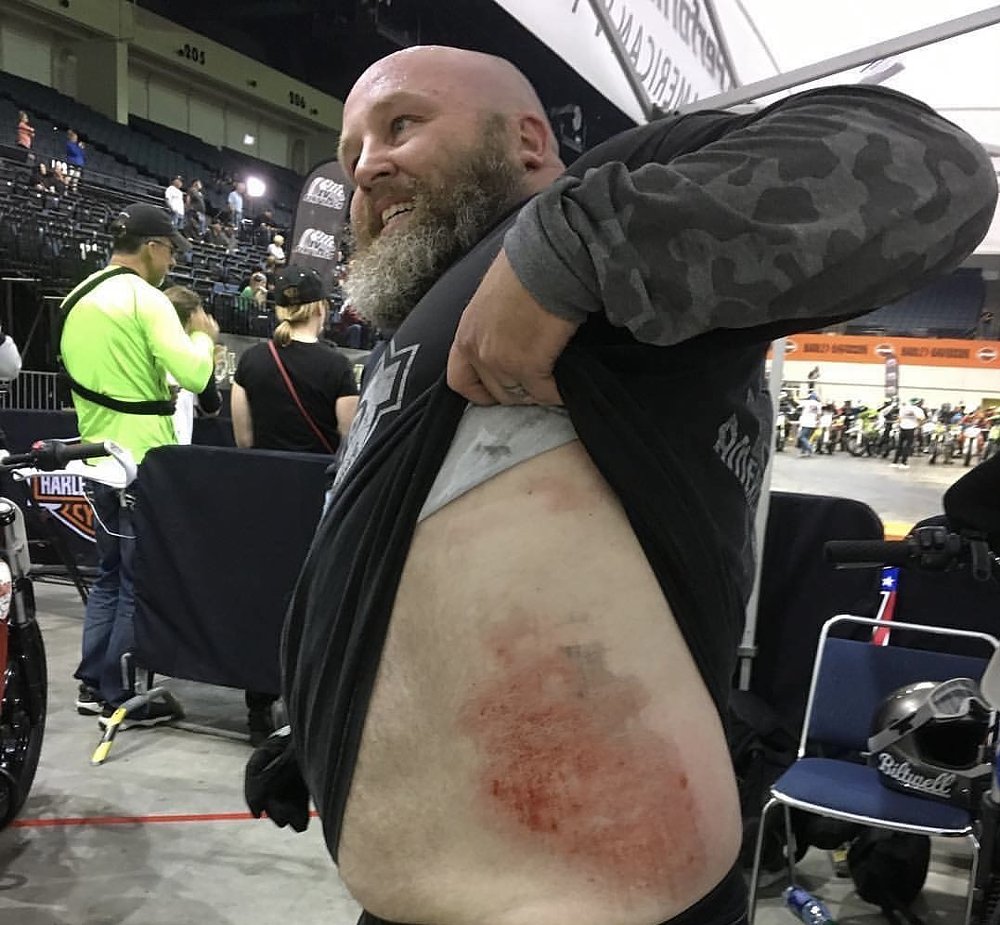
And, luckily for me, he was right. The pain in my southern region eventually subsided and after a quick check in the bathroom to confirm all the holes I was born with were still the same size, I then had the realization of the missing skin and a new pain to focus on. Given my fears from the previous few moments, I was happy to be dealing with road rash.
The moral of the story here is… well I'm not quite sure what it is. Maybe it's that racing motorcycles is fun but also dangerous no matter the track size. And more protective gear is always a good idea.


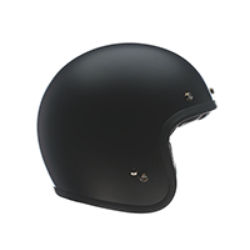

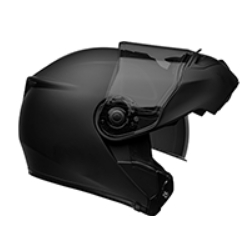

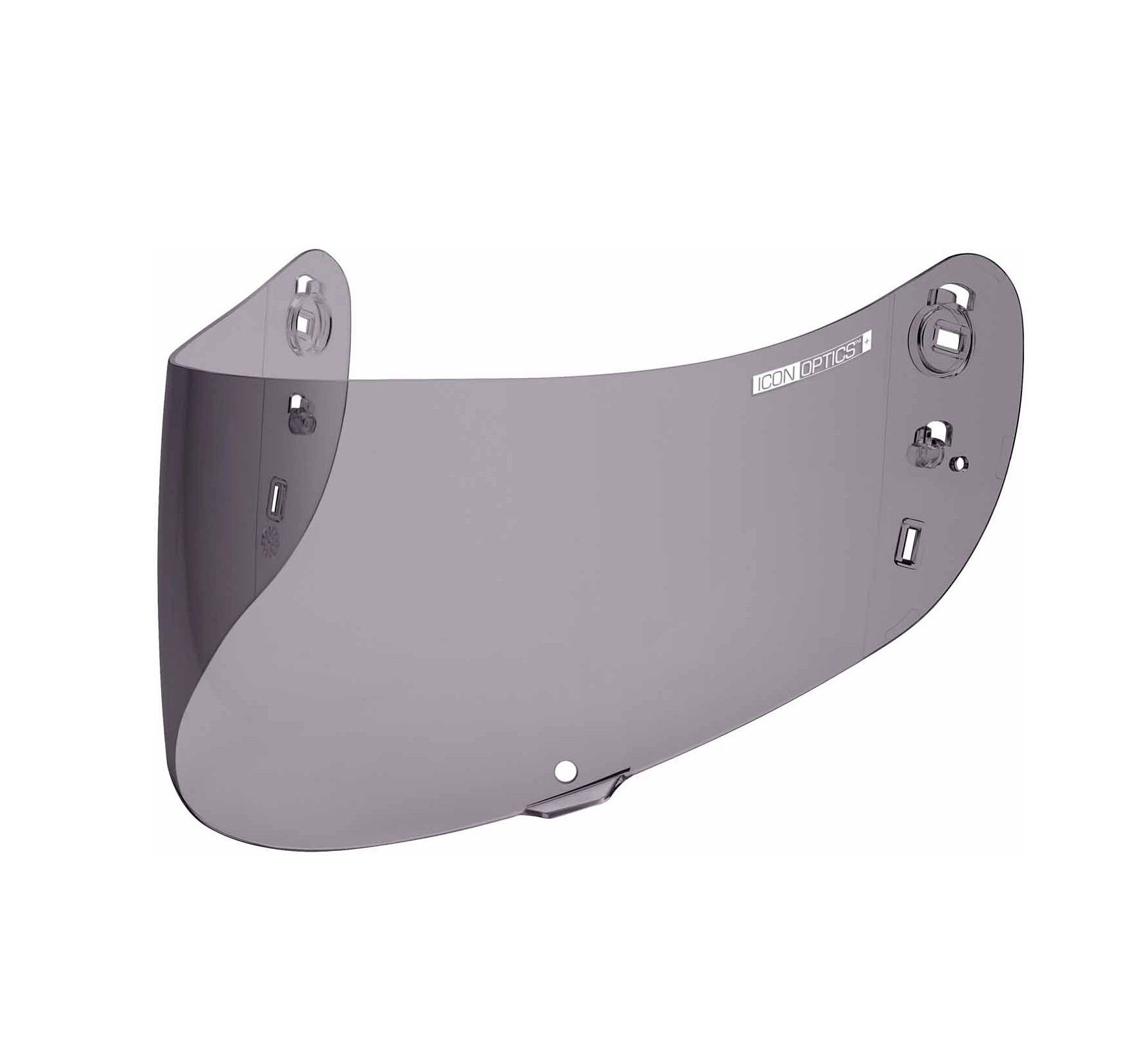
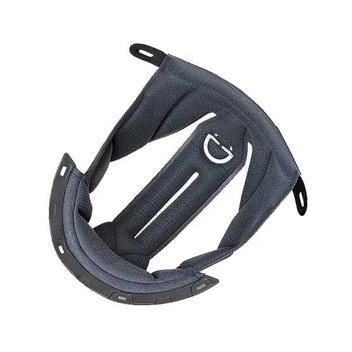
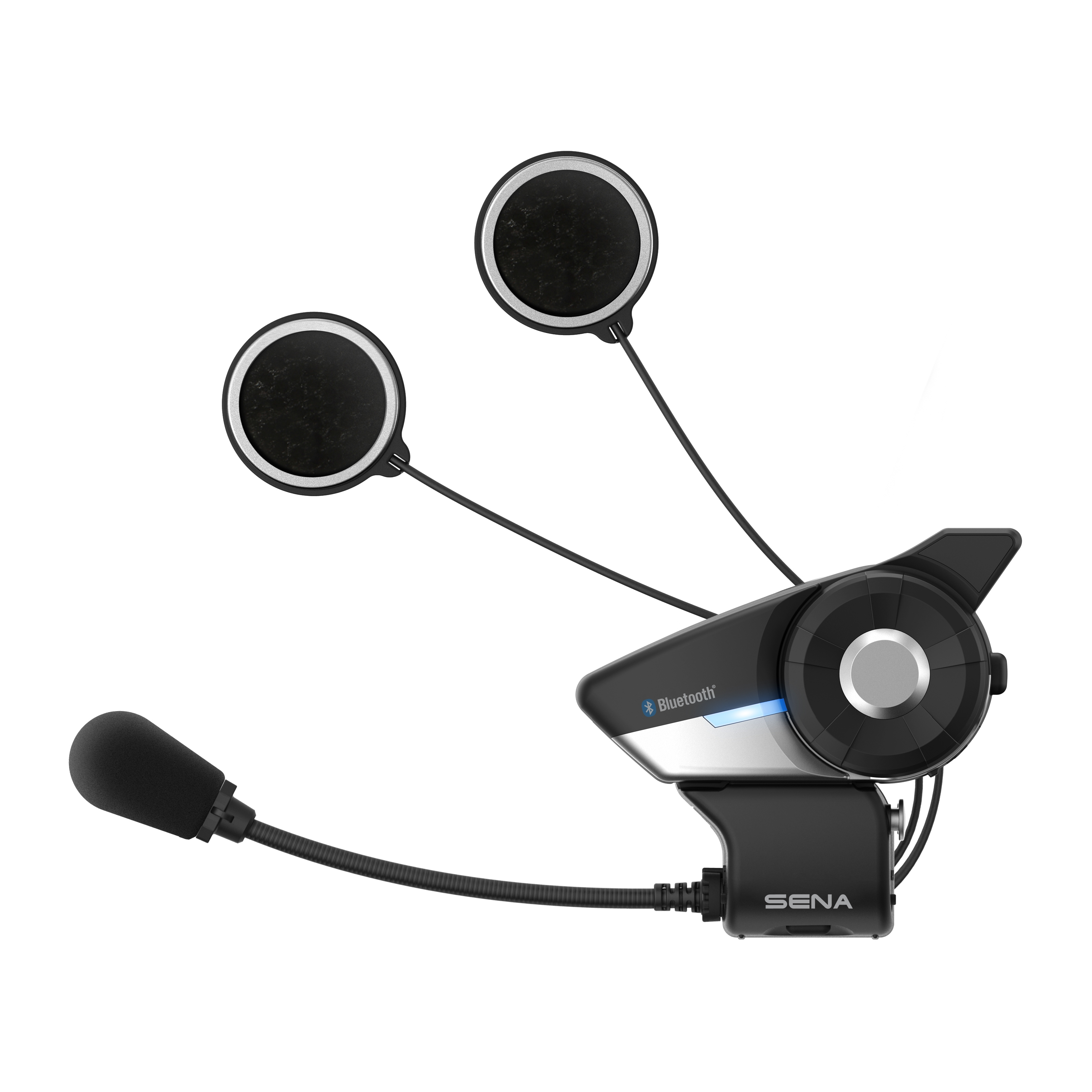


 Membership
Membership

